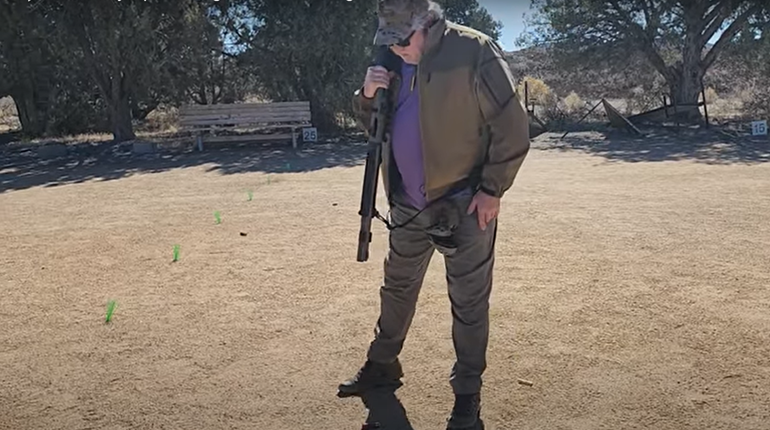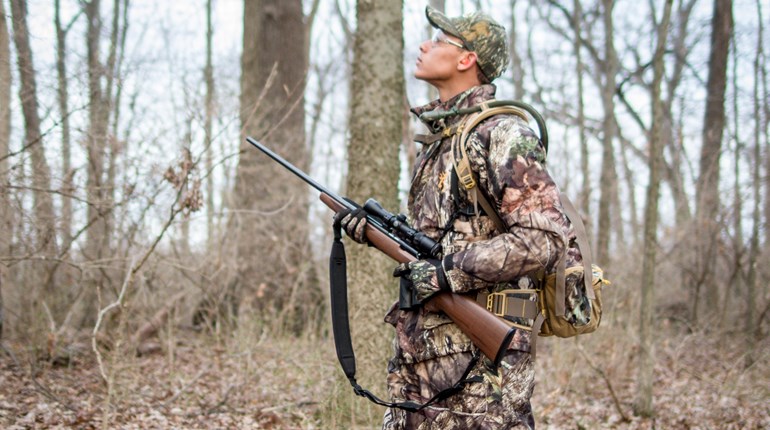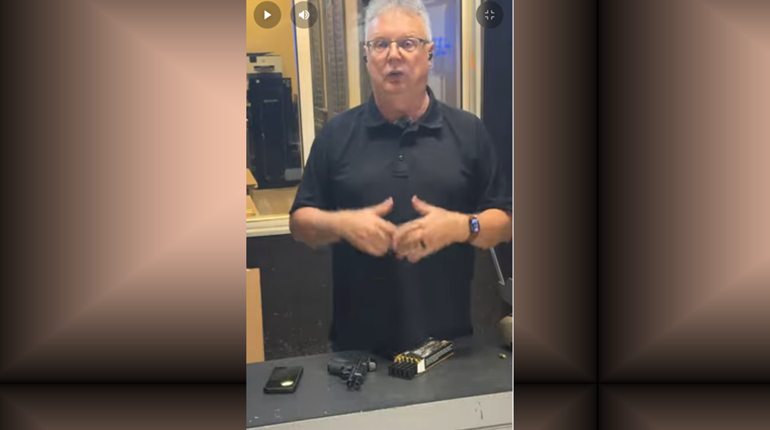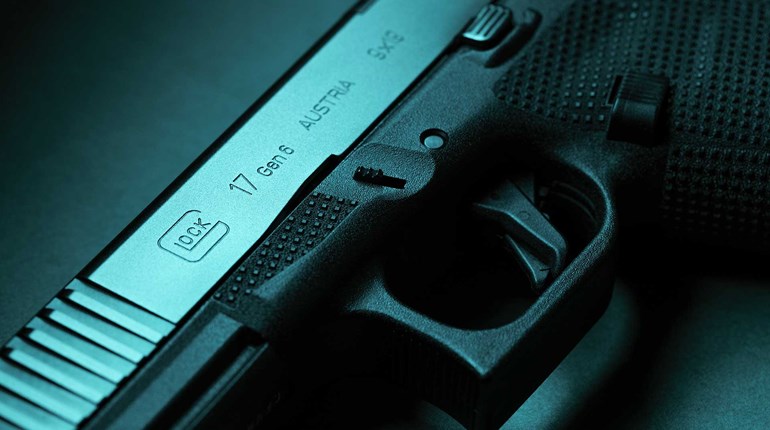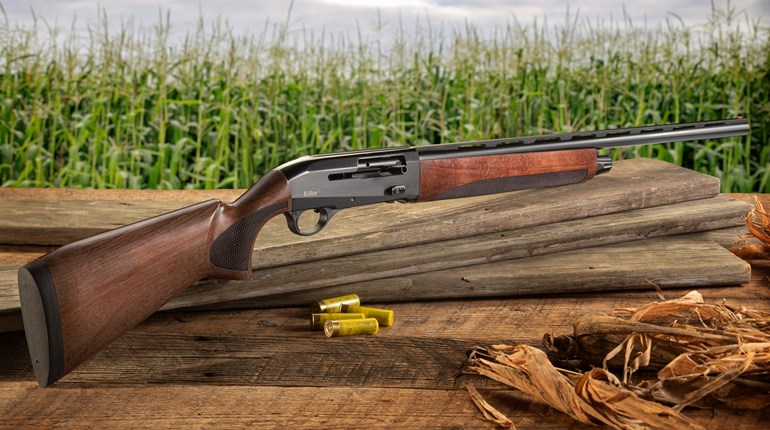
Whether they are referred to as an unintentional discharge, accidental discharge, a negligent discharge or any other name, the firing of a handgun, rifle or shotgun without intent is a tragedy and is one of the most dangerous and embarrassing situations shooters can find themselves involved in.
One of the basic rules of firearms safety is to keep the gun pointed in a safe direction, at nothing you want to destroy, at all times. If this rule is followed, the potential damage incurred from a negligent discharge can be held to a minimum.
There are a number of factors involved in accidental discharges. I believe the most prominent one to being unfamiliar with one’s firearm. For instance, some shooters may learn firearms handling with a revolver, in the case of handguns, a single-shot rifle, or a double-barrel or pump shotgun. In any of these cases, if the shooter transitions to a semi-auto, it will take extensive practice and repetition with the new gun to become completely familiar with its operation.
One of the best examples is the transition from a revolver to an semi-auto. Many such pistols have a magazine disconnect feature. Proper handling of a pistol with this component requires a great deal of practice to become entirely familiar and comfortable with its operation.
A disastrous situation, which I’ve seen before, would be someone using a revolver for self-defense or law enforcement work, then transitioning to a semi-auto with a magazine disconnect without extensive practice and training. This is particularly true if the shooter does a lot of dry-firing. Using a pistol with magazine disconnect requires the magazine to be inserted before the pistol can be dry-fired. I’ve known of users to remove a live round from the chamber and insert a loaded magazine in order to dry-fire the gun. Bad mistake. It imperative when dry-firing such a firearm to unload the magazine.
Similar situations can occur with long guns. When transitioning from a double-barrel shotgun or pump-action to a semi-automatic rifle requires a great deal of familiarization with the new gun.
Transitioning from a firearm, particularly a handgun which has a heavier trigger pull to one with a light trigger pull, requires careful practice for obvious reasons. I own several handguns with light trigger pulls. I’ve allowed other shooters to fire these guns with the stern warning about the light trigger pull. Even after having them dry-fire the guns to familiarize them with the light pull, it’s been quite often that they allow the gun to fire before they’re quite ready. Fortunately, in these cases, the firearm is pointed downrange (a safe direction) when this occurs.
Nervousness can also be a factor when considering reasons for accidental discharges. This is particularly so at competitions where the shooter is being observed, and unfortunately, judged by other people. Failure to completely concentrate on the basics can lead to trouble.
It isn't just the nervousness of newcomers that can lead to a negligent discharge. Oftentimes, veteran shooters and competitors with decades of experience behind a gun can be come relaxed in their application of basic firearm-handling rules. Disregarding basic safety rules and making assumptions that you know the status of your firearm is a recipe for a negligent discharge.
When the basics of firearm safety are applied each and every time a gun is handled, whether plinking, qualifying, hunting or dry-firing, the chances of an unintentional shot can be avoided.
I can’t stress enough the importance of basic steps in handling a firearm of any kind. Always keep it pointed in a safe direction. Always confirm, personally, whether or not the gun is loaded and if there is a live round in the chamber. Always keep your finger off the trigger until you're ready to shoot.
Negligent discharges can be deadly and disastrous. Everyone who handles a gun must always be on the top of their game, and always following the essential rules of gun safety is a sure way to avoid any issue.













